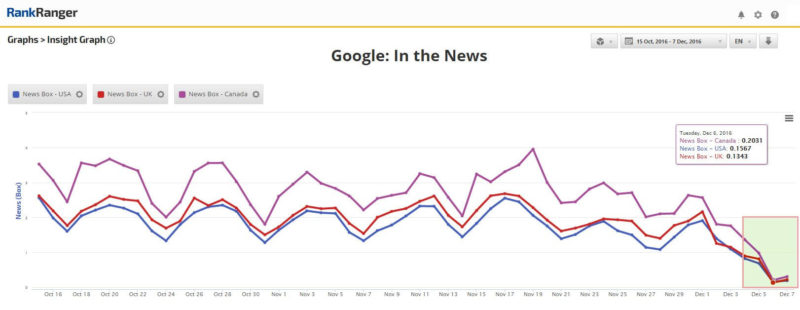This week in Google news, a few interesting tips for boosting regional magazines with local SEO hacks
Maybe you heard this week that you can now “Tweet an emoji to @Google and you’ll get an immediate reply that includes a quick quip, GIF and link to local search results that correspond to the emoji,” according to Search Engine Land. And Mashable says Google’s Twitter handle will respond to more than 200 different emojis, including a few Easter eggs. So for example, you could Tweet a hamburger and Google would tell you where to find a hamburger locally.
Meanwhile, those of us not in the local search scene are still trying to figure out this whole Google Keyword Planner adjustment that has us re-building our keyword universes. No emojis for us, except maybe the sadface one.
[text_ad]
But there are many updates in Google’s local search, which may be applicable to regional magazines. For example, Search Engine Watch says that “50 billion voice searches take place on personal assistants like Alexa, Google, Siri, and Cortana each month, accounting for about 10% of global search volume.” They recommend reading this great piece on adapting to voice search here to get you started.
Another interesting tip is the reverse of what we typically recommend to non-regional publishers: get more inbound links from local businesses. Boy are we jealous, because it’s a heck of a lot easier to get inbound links from a local business than it is to get one from a .gov or .edu site like every major publisher craves for brand recognition in Google. You could do this simply by including businesses in your articles and asking them to link to the article on their store blogs, or give them badges to put on their site that link back to you, if they won “Best Po Boy in New Orleans.”
Finally, another big recommendation was user-generated content. As a publisher you can invite your community to blog along with you. You could even create a separate community-generated blog where locals write their own stories and reviews of local events and businesses. SEW notes, “Eighty-seven percent of consumers say that content can have an impact on their purchasing decisions, but 43% are turned off by a hard sell. The answer? User generated content (UGC), which also provides social validation and instills trust.”
In other Google news, as we reported last week and which is now officially official, Google’s “In the News” box is now called “Top Stories”. Business Insider reports that this is because they got in trouble when a fake news story got listed front and center when it wasn’t part of Google News. So in case you didn’t know, now you know: “Top Stories” does not equal “Google News Stories,” so you can still be listed if you haven’t been accepted to Google News. Oddly enough, according to Search Engine Watch, “RankRanger, a tool that tracks these search changes on Google, picked up on the change this morning and posted it on Twitter:”

Do users really think that posts that are “top stories” are less click-worthy than those in the news? Maybe it’s just a temporary dip, or even a glitch, but an interesting graphic nonetheless.


